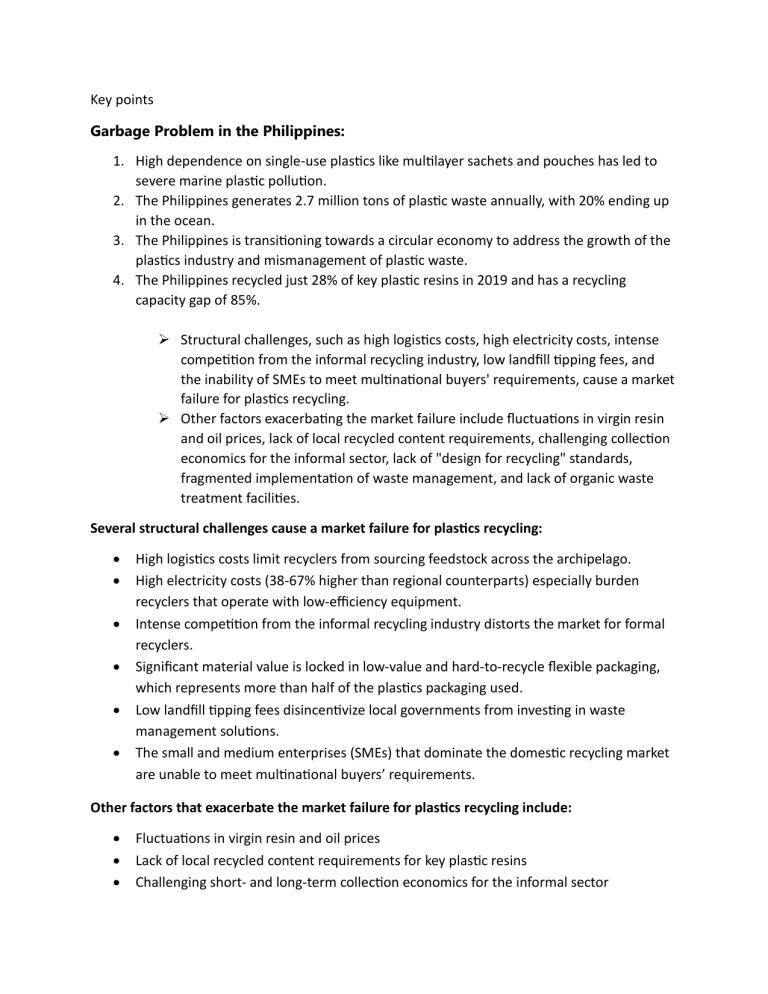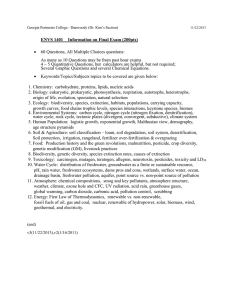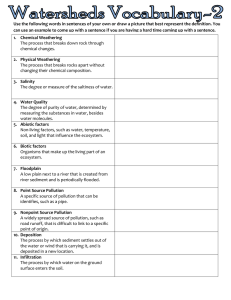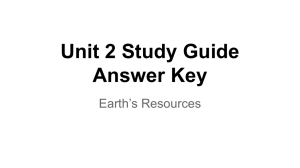
Key points Garbage Problem in the Philippines: 1. High dependence on single-use plastics like multilayer sachets and pouches has led to severe marine plastic pollution. 2. The Philippines generates 2.7 million tons of plastic waste annually, with 20% ending up in the ocean. 3. The Philippines is transitioning towards a circular economy to address the growth of the plastics industry and mismanagement of plastic waste. 4. The Philippines recycled just 28% of key plastic resins in 2019 and has a recycling capacity gap of 85%. Structural challenges, such as high logistics costs, high electricity costs, intense competition from the informal recycling industry, low landfill tipping fees, and the inability of SMEs to meet multinational buyers' requirements, cause a market failure for plastics recycling. Other factors exacerbating the market failure include fluctuations in virgin resin and oil prices, lack of local recycled content requirements, challenging collection economics for the informal sector, lack of "design for recycling" standards, fragmented implementation of waste management, and lack of organic waste treatment facilities. Several structural challenges cause a market failure for plastics recycling: High logistics costs limit recyclers from sourcing feedstock across the archipelago. High electricity costs (38-67% higher than regional counterparts) especially burden recyclers that operate with low-efficiency equipment. Intense competition from the informal recycling industry distorts the market for formal recyclers. Significant material value is locked in low-value and hard-to-recycle flexible packaging, which represents more than half of the plastics packaging used. Low landfill tipping fees disincentivize local governments from investing in waste management solutions. The small and medium enterprises (SMEs) that dominate the domestic recycling market are unable to meet multinational buyers’ requirements. Other factors that exacerbate the market failure for plastics recycling include: Fluctuations in virgin resin and oil prices Lack of local recycled content requirements for key plastic resins Challenging short- and long-term collection economics for the informal sector Lack of “design for recycling” standards Fragmented implementation of waste management Lack of organic waste treatment facilities Definition of soil pollution Soil pollution is the contamination of soil by different pollutants such as toxic chemicals from man-made products or natural pollutants like wind or precipitation. Causes of Soil Pollution: Industrial Activity: Industrial waste from mining and manufacturing activities is a major contributor to soil pollution. Agricultural Activities: Use of chemicals in modern pesticides and fertilizers cause soil pollution by seeping into the ground and reducing soil fertility. Waste Disposal: Dumping of personal waste into landfills, including biological waste from the sewer system, causes soil pollution due to the presence of toxins and chemicals. Accidental Oil Spills: Oil spills from storage and transport of chemicals cause soil pollution by deteriorating soil quality and contaminating groundwater. Acid Rain: Acid rain, caused by pollutants mixing with rain, changes the structure of soil and dissolves essential nutrients. Some major effects of soil pollution 1. Effect on Health of Humans Crops and plants grown on polluted soil absorb pollution and pass it on to humans Long-term exposure to soil pollution can affect genetic make-up and cause congenital illnesses and chronic health problems Can also sicken livestock and cause food poisoning Can lead to widespread famines if plants cannot grow in contaminated soil 1. Effect on Growth of Plants Ecological balance is affected by widespread soil contamination Fertility of soil decreases, making land unsuitable for agriculture and local vegetation Causes large tracts of land to become hazardous to health 2. Decreased Soil Fertility Toxic chemicals present in soil can decrease soil fertility and yield Contaminated soil used to produce fruits and vegetables may lack quality nutrients and contain poisonous substances 3. Toxic Dust Emission of toxic and foul gases from landfills pollutes environment and affects health Causes unpleasant smell and inconvenience to others 4. Changes in Soil Structure Death of soil organisms can alter soil structure Forces other predators to move in search of food 5. Poisoning of Underground Water Table Soil pollution leads to poisoning of underground water table Toxins in soil can percolate into water table, which is available for consumption through wells and tube wells Prolonged consumption of toxic water can cause illnesses, such as arsenic poisoning and food poisoning, which can be fatal. Possible Solutions to Soil Pollution 1. Reduced Use of Chemical Fertilizers Chemical fertilizers can harm the soil by altering pH levels and destroying good microorganisms Excess usage can lead to soil and water pollution 2. Reforestation and Afforestation Soil erosion due to deforestation is a major cause of soil pollution Reforestation and afforestation should be promoted to bind soil particles, maintain underground water table and promote soil health 3. Recycle and Reuse Products Reducing waste generation helps reduce soil pollution Decomposing plastics and other materials in landfills releases toxic substances into the soil 4. Involvement of Locals Awareness programs to educate individuals on soil pollution Involvement of every individual is essential for solving the problem 5. Promoting Use of Natural Manure Natural manure is the best source of soil nutrients Adds essential nutrients to the soil, restores health, and is completely organic with no harmful by-products. Water Pollution: Definition, Causes, Effects and Solutions Definition: Water pollution is the contamination of water bodies through changes in their chemical, physical or biological properties that can harm living organisms. Causes: a. Sewage or wastewater discharge from households, factories or agricultural land b. Dumping of waste into water bodies c. Oil pollution from spills from ships and tankers d. Acid rain caused by contaminated air e. Industrial waste containing hazardous chemicals Effects: Harmful to both humans and aquatic life Solutions: Need for regulations and proper waste management to prevent water pollution. What impacts/effects does water pollution have on the ecosystem? Diseases – Water pollution can lead to water-borne diseases that are life-threatening to humans who drink polluted water. Ruination of the Ecosystem – Water pollution can disrupt the delicate balance of the ecosystem, leading to its collapse in a particular area. Eutrophication – Excess chemicals in water bodies can promote the growth of algae, leading to low levels of oxygen in the water that affects the aquatic life. Adverse Impact on the Food Chain – Aquatic species that live in polluted water can absorb toxins and pollutants, which can then be consumed by humans who eat these species. Possible Solutions to Water Pollution Reduce your plastic consumption and reuse or recycle plastic when you can. Properly dispose of chemical cleaners, oils, and nonbiodegradable items to keep them from going down the drain. Maintain your car so it doesn’t leak oil, antifreeze, or coolant. If you have a yard, consider landscaping that reduces runoff and avoid applying pesticides and herbicides. Don’t flush your old medications! Dispose of them in the trash to prevent them from entering local waterways. Be mindful of anything you pour into storm sewers, since that waste often won’t be treated before being released into local waterways. If you notice a storm sewer blocked by litter, clean it up to keep that trash out of the water. (You’ll also help prevent troublesome street floods in a heavy storm.) If you have a pup, be sure to pick up its poop. Phil. SWM program: The Philippines has passed the Ecological Solid Waste Management Act (RA 9003) to improve the management of solid waste and protect public health and the environment. The National Solid Waste Management Commission is in charge of implementing the solid waste management plans with secretariat support from the bureau. The program is aimed at assisting local government units in implementing RA 9003, including the development of 10-year SWM plans, closure and rehabilitation of dumpsites, establishment of MRFs, and an environmentally sound disposal system. The guidelines and technical support for Waste to Energy facilities aim to enhance the sustainability of the disposal system and promote job opportunities, while reducing reliance on imported oils and increasing power generation. The program is expected to contribute to the country's economic development through formalizing waste collection and recycling.




